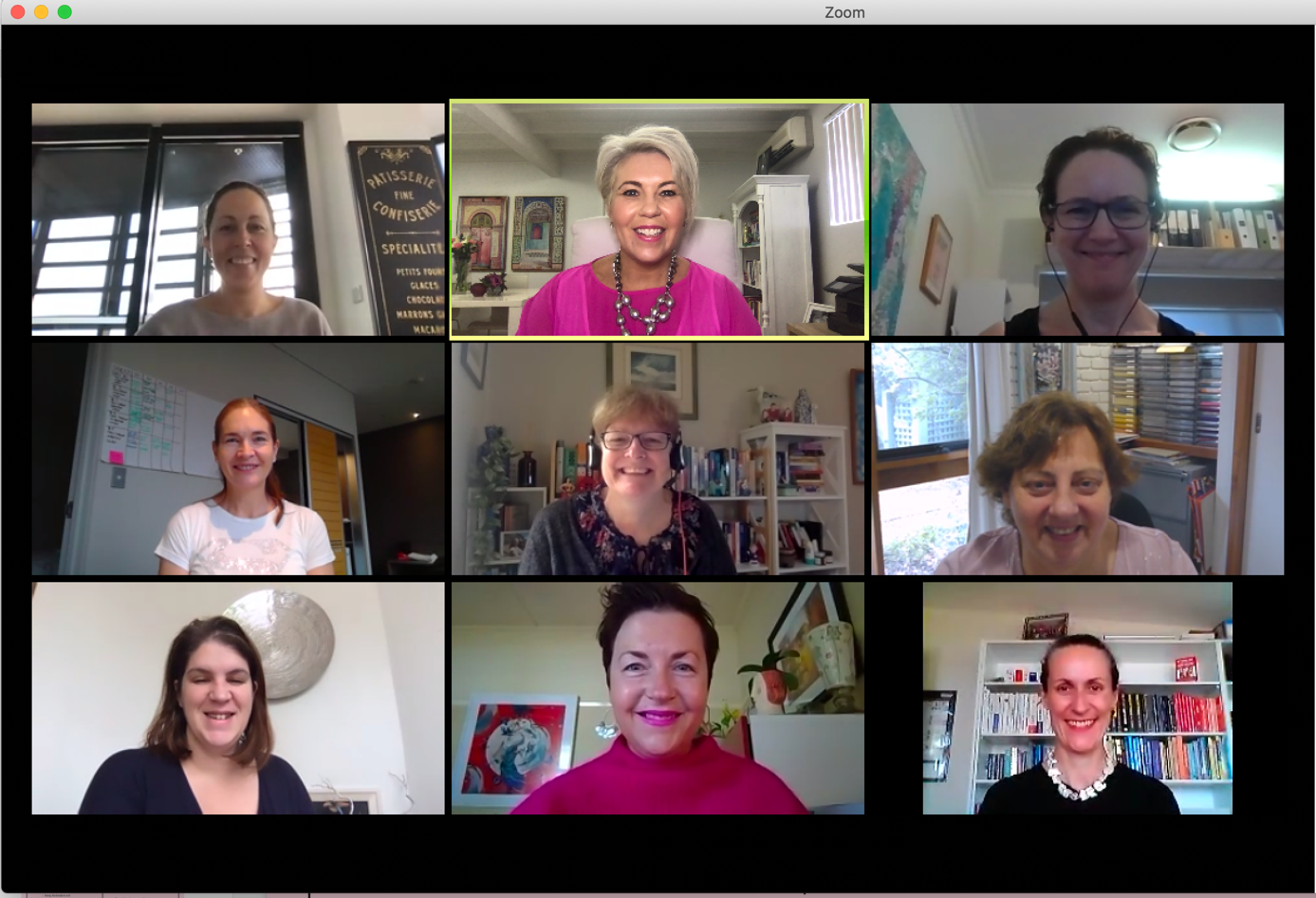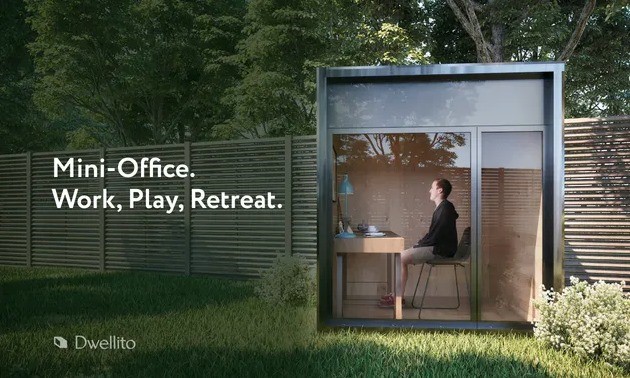On Friday I was speaking with an executive team of around 40 people. I was due to deliver a workshop for them a few weeks ago and it has now shifted to online. I asked her what challenges they were having around productivity, team connection and communication. Her response was interesting. She said, “We have the same challenges except now they’re amplified.”
She went to share the challenges her team were having with stress and becoming more conscious of being left out of conversations as emotions are heightened and water cooler conversations are gone. Their team members aren’t just trying to get work done, but also do home schooling, run the household and try to somehow look after themselves as well.
On the surface, the slowness and frustration of getting work completed in this world can look like a lack of prioritisation or a productivity issue. And to a certain extent that’s true, but the context of that is entirely different. Your team are still trying orient themselves to this new way of working. It’s unprecedented times and there is no manual that teaches us, “How to survive Covid-19 at home.”
Cognitive Load Management
We’re in a new reality when it comes to our working lives. Many of us are now working from home. Some of us are also leading remote teams that are working from home, or trying to engage with our remote tribes that are in similar circumstances. We’re dealing with working with family members in a home environment, often with children, too. So, for most of us, the working environment has completely and fundamentally changed.
These changes mean that it’s also becoming increasingly difficult to find the mental space needed to work, to think and to create. People are still turning up, and work is still going ahead and, in some situations, very well. But in other situations, people are struggling to find that space. Some who can’t find the space and aren’t home-schooling are continuing to go to work because the office is empty and they can get work done.
Shift From Doing to Leading
Having spent five years working as a consultant for one of the world’s largest productivity consulting companies the biggest challenge I found was helping leaders shift from doing to leading. I spent much of my time helping leaders carve out space in their calendars to find two hours per day to think and work strategically without guilt.
Last weekend I delivered one of my Content Creation Bootcamps for over 500 people from nine countries. During the two day bootcamp each person completed 50 pieces of world-class content. The purpose was to inject one of the foundational resources in the businesses of today to enable them to connect with their clients for the coming year. The value of the content created was calculated at over $50,000,000 in the two days.
Here is a small group of Content Creation Bootcamp attendees in an earlier workshop I ran:

I’ve delivered this program, along with a number of my other programs, using a specific approach to create high performance productivity and creativity. I simply hold the space for them to complete the work in the timeframe allocated.
This approach works well for holding space in business when it comes to meetings and communications with your team.
4 Principles for High Performance Productivity and Creativity
There are four principles that make it work:
- PLAN: Each person comes to the time allocated with the plan of what they are going to be working on in that time.
- ACCOUNTABILTY: We use the pomodoro technique to achieve key goals in the timeframe.
- SPACE: You hold the space. This is time to simply do the work, not talk about the work as such. That’s not the purpose of the meeting. It’s a “doing meeting” not a “discussion meeting.”
- SUPPORT: This is where you as the leader support your team by removing roadblocks and answering questions.
As leaders, it’s our job to hold space for our teams and our tribe. It’s our job to find ways to allow them the freedom to focus uninterrupted, to create and to get their jobs done. But how do we hold space when our teams are WFH and, more importantly, there are so many other impacts on their time?
Holding Space in Business
What is “the space to lead?”
Holding space isn’t about coaching your team. It’s the act of carving out time and witnessing and validating their current state without judgement. It means walking with them on their journey and providing support without trying to fix their problems or influence the outcome from their situation. When it’s done well, holding space creates a place of growth and self-exploration.
Applying this to your remote teams, it means working with them within their current situations without trying to “change” or “fix” it and without judging their perspective or needs. It means creating opportunities for your team to complete work and self-manage, while carving time for them and supporting them do their jobs.
This is easy to do when you’re in a room all together. Allowing a few moments to write down thoughts after teaching something new is a well-known leadership tactic. However, it is a much more difficult strategy to implement when you’re on a Zoom call, for example. I’ve found that those silences feel far more awkward and people jump to fill them.
In a virtual space, leaders have got to think about how to hold the space. Don’t give in to the silence, embrace it. Allow it to grow. And don’t say, ‘Let’s catch up tomorrow about this.’ Instead, wait. Give your team a chance to think about what you’ve asked. Let them have some time to answer, and even to collaborate while they’re online together.
The famous American architect, Frank Lloyd Wright said, ‘Space is the breath of art.’ You must have space to create, in life and in business.
Holding back the world
Holding the space for your team goes beyond giving them time (and silence) to think while on calls. It also requires you, as the leader, to hold back the rest of the world. This is easily done in a dedicated office space, but not so easily done when your team is working from home.
At home there are many other things that will demand time and energy from your team. Children. Partners. Household chores. Food prep. The list goes on and on. As a leader you must be thinking about what your team needs, and how to keep everyone and everything else at bay. In essence you want to create a bubble around your team.
One way you could do this is by blocking in a two-hour period where you work as an ‘open office’ via Zoom. This gives everyone the time and space to work on their own projects with the option to collaborate and discuss as needed.
What you’re trying to do is create something like this from Dwellito (one of the US’ fastest growing construction businesses).

(Thanks to Dale Beaumont for sharing.)
While I’ve always been a fan of short, compressed meetings, in the current situation these can actually exacerbate problems. With that type of meeting structure, much of what needs to be done is actually done after the call is completed. However, in our current crisis, many people are inundated with other pressures as soon as they are off the call. They simply don’t have the space to implement. Lengthening your time for meetings gives your team the opportunity to adopt or take on what has been discussed in the meeting while still there and while the rest of the world is being held at bay.
What do you need to do to create space to work?
As a leader, the question you should be asking your team is, “What do I need to do to create space for you to work?” The answer might mean that you are actually doing less but holding space more. In other words, holding space in business might mean you’re spending less time working on projects, and more time running teleconferences with your team. And it might mean spending less time meeting clients, and more time advising your team on how to service clients with less available time.
Next Steps
- Ask each team or tribe member, “On a scale of one to 10, how much space have you actually got to do your work?”
- In agreement with your team, identify a time each day or week where these are SPACE TO WORK sessions.
- Ask each person to come with their plan for that session and what they want to get some.
- Create accountability by asking them, “What do you want me hold you accountable on?”
- Hold the space and give support where needed.
- Assess. Ask your team if it works for them.
People are having to do things differently. Holding space in business is one of those things.
I’d love to hear your thoughts…


